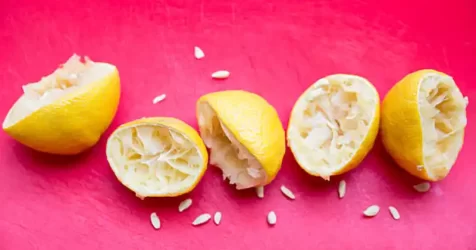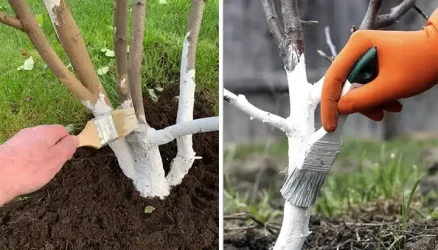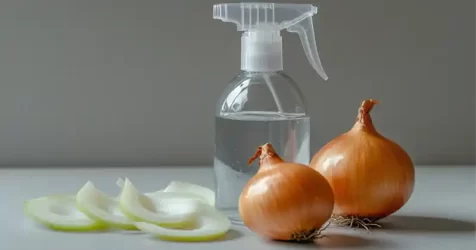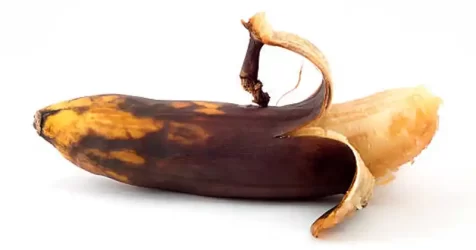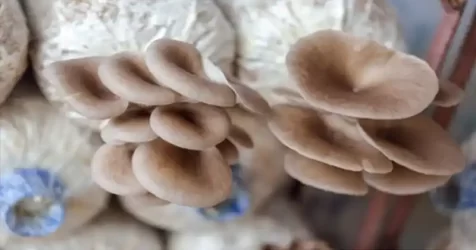Boost Your Cucumber Harvest with Natural and Effective Fertilization Techniques
Growing cucumbers can be a rewarding experience, especially when you achieve a bountiful harvest. However, ensuring your cucumber plants thrive requires the right fertilization techniques. In this article, we’ll explore two essential fertilization recipes that will help your cucumber plants develop strong roots, resist diseases, and produce a generous yield. These methods, passed down through generations, use natural ingredients readily available at home, making them both cost-effective and eco-friendly.

First Vital Fertilization: Root Development and Initial Growth
The first fertilization is crucial for setting the stage for a healthy cucumber plant. This fertilization focuses on developing a robust root system and preparing the plant to handle transplant shock.
Ingredients:
- 1 teaspoon of sugar
- 2 tablespoons of milk (any type, even sour milk is fine)
Instructions:
- Mix 1 teaspoon of sugar with 2 tablespoons of milk in 1 liter of water.
- Stir the mixture well and apply it to the base of your cucumber plants, using about 500 ml per plant.
- Optionally, spray the mixture onto the leaves to create a protective film against harmful microorganisms.
Benefits:
- Encourages rapid root development.
- Enhances transplant success with a 100% survival rate.
- Promotes healthy, green foliage and robust growth.
Second Essential Fertilization: Sustained Growth and Immunity Boost
The second fertilization, applied one to two weeks after the first, ensures continuous growth and boosts the plant’s immune system to resist stress and diseases.
Ingredients:
- 1 teaspoon of sugar
- 1 teaspoon of dry yeast
Instructions:
- Dissolve 1 teaspoon of sugar and 1 teaspoon of dry yeast in 1 liter of warm water.
- Let the mixture stand for an hour.
- Apply 300 ml of the solution to each cucumber plant, focusing on the roots.
- Optionally, spray the solution on the leaves for added protection.
Benefits:
- Provides essential nutrients and minerals for sustained growth.
- Acts as a natural growth stimulant.
- Enhances the plant’s immune system, making it more resistant to environmental stresses and diseases.
Additional Tips for Maximizing Cucumber Yield
1. Ammonia Solution for Leafy Growth:
- Mix 4 ml of ammonia (10% solution) with 2.5 g of a balanced fertilizer (15-20-20 NPK) in 1 liter of water.
- Apply to the soil in the evening to avoid leaf burn.
- Ensures rapid leaf growth and strong stem development.
2. Disease Prevention with Furacilin:
- Dissolve 10 mg of Furacilin in 1 liter of water.
- Add 1 tablespoon of spoiled kefir as a sticking agent.
- Spray on the leaves to prevent fungal infections and pest infestations.
3. Enhancing Growth with Glycine:
- Dissolve 1 tablet of glycine in 1 liter of any fertilizer solution.
- Use this mixture to water your cucumber plants.
- Glycine, an amino acid, promotes healthy growth and improves nutrient absorption.

By integrating these natural fertilization techniques into your gardening routine, you can significantly improve the health and productivity of your cucumber plants. These methods are not only effective but also environmentally friendly and economical. Regular use of these fertilizations will result in strong, disease-resistant plants that yield abundant, high-quality cucumbers throughout the growing season. Start using these tips today and enjoy a bountiful harvest! For more tips on fertilization, check out the art of tree fertilization. You might also be interested in achieving year-round orchid blooms and exploring four effective ways to utilize fish scraps for natural garden fertilization.







